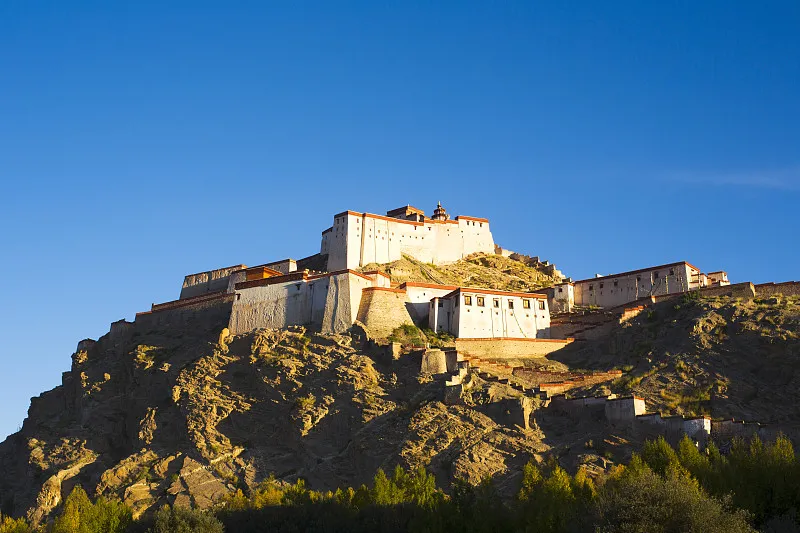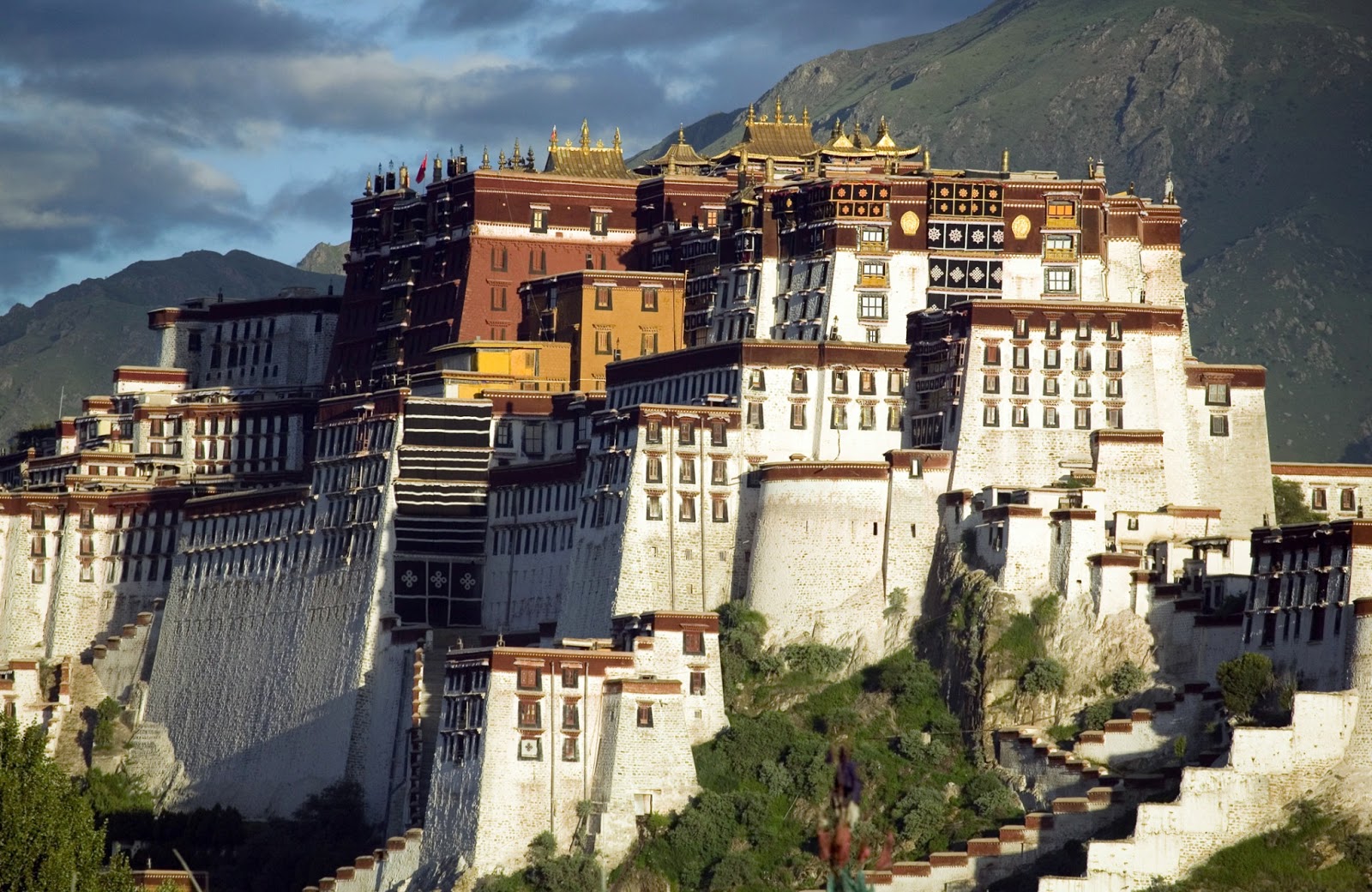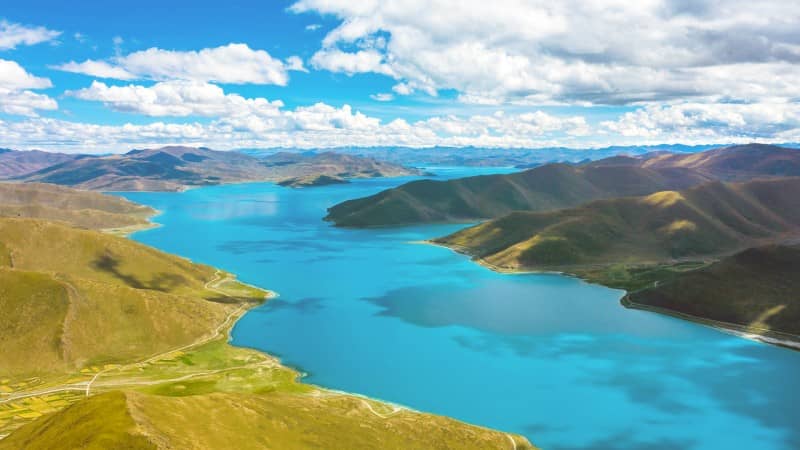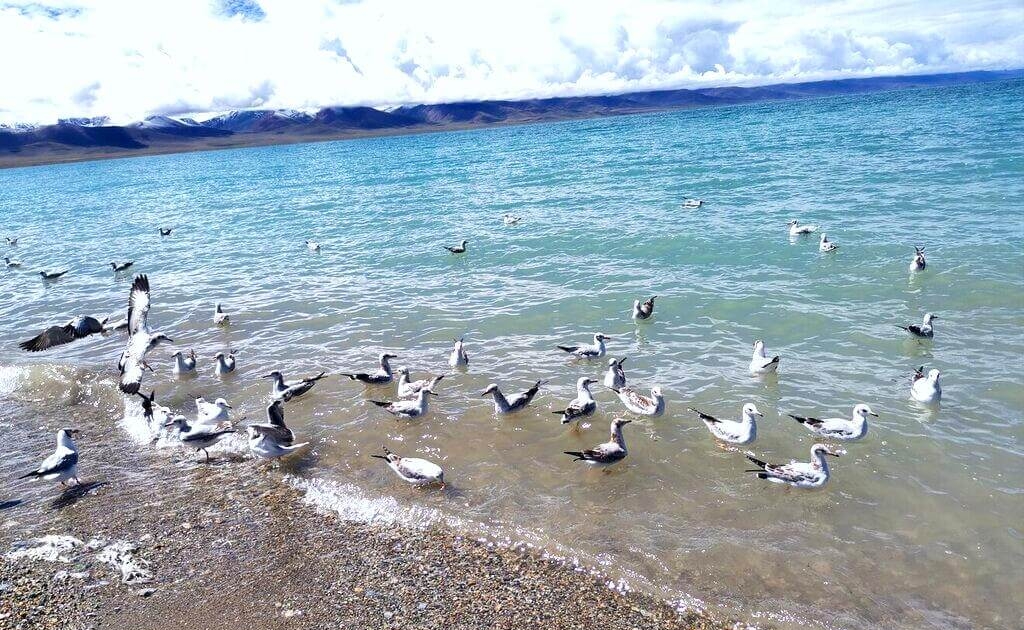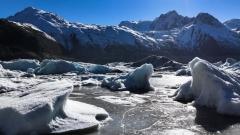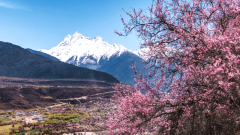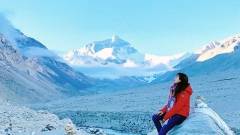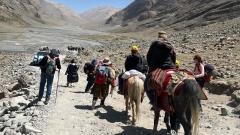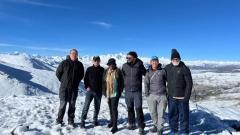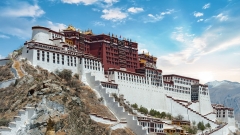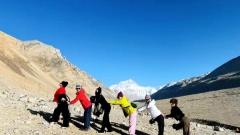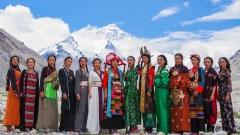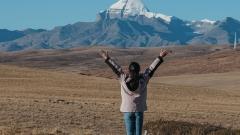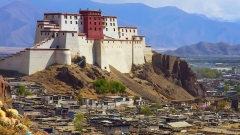When people imagine Tibet, they often picture the summer—clear skies, green valleys, and crowds of travelers. But few know that winter is actually one of the best times to visit Tibet. With fewer tourists, lower prices, and snow-covered landscapes that seem straight out of a dream, the plateau reveals a quieter, more spiritual side of itself. For travelers seeking peace, photography opportunities, or authentic local culture, winter in Tibet offers an unforgettable experience far beyond expectations.
Why Winter Is Tibet’s Secret Season
Most visitors assume Tibet is too cold or closed in winter. In reality, Tibet remains open to foreign tourists year-round, and the winter climate in major cities like Lhasa, Shigatse, and Nyingchi is milder than many expect.
-
Lhasa enjoys daytime temperatures around 8–12°C (46–54°F) with plenty of sunshine.
-
Shigatse and Gyantse are slightly cooler, but dry and pleasant for sightseeing.
-
Nyingchi, located in southeastern Tibet, stays surprisingly mild due to its lower altitude.
Because it’s the off-season, the streets are quieter, and the famous monasteries—such as the Potala Palace, Jokhang Temple, and Sera Monastery—can be explored in peace, without the summer crowds.
The Beauty of Winter Landscapes
Winter turns Tibet into a wonderland of contrasts. Snow blankets the Himalayan peaks, Yamdrok Lake glows deep blue under the crisp sun, and Namtso Lake freezes into a surreal mirror of ice.
Photographers and nature lovers find this season unmatched for capturing the purest skies, with crystal-clear visibility and minimal haze. Even Mount Everest is often more visible in winter than during the monsoon season, when clouds obscure its peak.
In Nyingchi, evergreen forests and snow-dusted villages create a fairytale-like setting. If you’re lucky, you might even spot wild animals such as Tibetan antelopes or black-necked cranes, which migrate to the region’s wetlands during this time.
Lower Prices, Fewer Tourists, More Authentic Experiences
Winter is Tibet’s most affordable season. Hotels, tour packages, and even flight prices drop significantly—often 30–50% lower than in summer.
For travelers who prefer a quiet and immersive journey, this is the best time to experience daily Tibetan life up close. Locals have more time to chat, and you can enjoy a slower pace without the crowds.
Restaurants and shops remain open in cities like Lhasa and Shigatse, and travel permits are easier to obtain. You’ll also find better availability of experienced local guides and comfortable accommodations at much lower costs.
Winter Festivals: The Soul of Tibetan Culture
Winter is also the season of Tibetan festivals, offering rare chances to witness local traditions.
-
Monlam Prayer Festival (February–March): Monks gather to pray for world peace, perform traditional cham dances, and create intricate butter sculptures.
-
Losar (Tibetan New Year): Usually in February, this is Tibet’s most important celebration. Streets fill with music, traditional attire, and religious rituals that welcome the new year with joy and color.
Attending these festivals lets travelers see the spiritual heart of Tibet—a time when devotion and community spirit fill every monastery and home.
Travel Tips for Visiting Tibet in Winter
To make your trip comfortable and safe, here are a few practical suggestions:
-
Clothing: Pack layers—thermal wear, down jackets, gloves, and scarves. The sunshine is warm during the day but nights can drop below freezing.
-
Health: The air is dry, so stay hydrated and use moisturizer. Bring altitude sickness medication if needed.
-
Photography: Bring a polarizing filter; Tibet’s intense sunlight can create dazzling reflections on snow and ice.
-
Transportation: Main highways remain open, and flights operate normally. However, always check local weather updates when traveling to high mountain areas.
Travel with China Dragon Travel
At China Dragon Travel, we specialize in organizing winter tours to Tibet that balance comfort, safety, and authentic experiences. Whether you dream of photographing frozen lakes, joining a prayer festival, or simply enjoying Lhasa without the crowds, our team can design a custom itinerary for you.
From arranging your Tibet Travel Permit to booking cozy hotels and experienced guides, we make your winter journey seamless and unforgettable.
Conclusion
So, is Tibet worth visiting in winter?
Absolutely. It’s a season of quiet majesty—where sacred mountains shine brighter, the air feels purer, and the spiritual essence of Tibet comes alive in every smile and prayer flag. For those seeking the real Tibet, winter is not just worth visiting—it’s a must.



